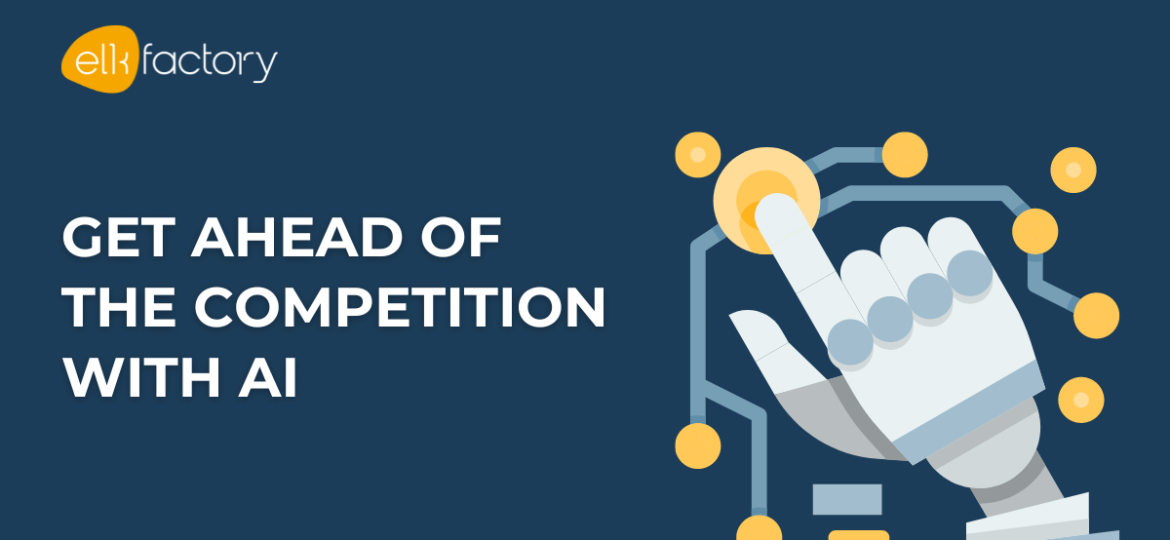
The demand for efficient and intuitive search capabilities has never been higher. Traditional keyword-based search methods, while effective for certain tasks, often fall short when it comes to understanding the nuances of language or visual information. This is where Elastic vector search steps in, offering a shift in how businesses approach information retrieval and recommendation systems. In this article, we will take a closer look at the different use cases in which vector search can bring added value.
A. Why Vector Search Matters for Businesses
At its core, vector search is driven by the concept of similarity. Instead of relying solely on exact keyword matches, it understands the semantic context of data, allowing for more accurate and relevant results. This capability opens up a world of possibilities for businesses across various industries.
1. Semantic search
E-commerce: Imagine a shopping experience where you’re not limited by specific keywords. With vector search, customers can find products based on their preferences, even if they express them differently. For instance, Shopify has launched a semantic search tool for its customers to make the client’s online shopping experience more intuitive. Read more here.


(Picture source: Shopify)
Media & entertainment: Discovering content becomes a breeze as vector search analyzes audio or textual features, enabling recommendations based on mood, genre, or style. Think about Spotify, which makes playlists based on your listening behavior.


(Picture source: Promoly)
Recommendation Systems:
News & articles: Vector search goes beyond surface-level recommendations, understanding the underlying themes or sentiments of content to offer personalized suggestions.
E-commerce: By considering diverse factors like demographics and browsing behavior, businesses can enhance product recommendations, leading to higher engagement and conversions. For example, you are browsing through a clothing website and clicked on a pair of pants, then the website will recommend other similar pants or other clothing items which you might be interested in.


(Screenshot source: Zalando)
Customer Service Chatbots
Providing tailored responses to user queries becomes seamless with vector search, enhancing customer satisfaction and reducing response times. This personalized approach enhances customer satisfaction and significantly reduces response times, ensuring a seamless and efficient experience.
Natural Language Processing (NLP) Tasks:
From document classification to sentiment analysis, vector search streamlines NLP tasks by deciphering the meaning and tone of text, facilitating more efficient data processing.
An example focused on document classification illustrates the following: Suppose we have a collection of news articles categorized as “Technology” and “Sports.” Using vector search, we represent each article as a numerical vector based on its content. When a new article is introduced, vector search compares it with existing articles and assigns it (automatically) to the category with the most similar articles, enabling efficient document classification.
To illustrate this example, we searched for an article related to ‘Tiktok’ on Forbes, and automatically got related Tiktok news articles on their website:


(Screenshot source: Forbes)
2. Image search
Vector search cannot only be used for semantic search use cases. Moreover, image similarity search can bring a lot of added value for different industries.
Image Search:
From identifying objects and scenes to aiding accessibility for visually impaired users, image search powered by vector technology transforms visual information into actionable insights. Let’s explore the example of PcFruit. In the agricultural industry, image search technology revolutionizes berry farming by enabling quick and accurate identification of berry varieties. By capturing images of berries and analyzing key features like shape and color, farmers can optimize harvesting schedules and improve inventory management. Explore the full case here.


(Picture source: Brainjar)
B. Generative AI Integration
By harnessing the capabilities of generative AI alongside semantic search, businesses can streamline processes like customer service, document summarization, and information synthesis, boosting productivity and decision-making efficiency.
Examples of a synergy: generative AI and semantic search
Enhanced Customer Service: GenAI-driven question-answer solutions empower service desk employees and customers alike, improving response accuracy and efficiency.
Document Synthesis: Vector search combined with generative AI can synthesize findings from disparate sources, enabling quick access to relevant information.
Information Summarization: By summarizing key insights from extensive research, businesses can make informed decisions faster, driving innovation and growth.
Automated Legal Research: Legal firms can utilize semantic search to sift through vast amounts of legal documents and precedents. By integrating generative AI, they can automatically generate briefs, summaries, or analyses based on specific case details, saving time and resources.
Medical Diagnosis Support: Healthcare providers can employ semantic search to analyze patient records, medical literature, and diagnostic reports. Combined with generative AI, this technology can assist in generating differential diagnoses or treatment recommendations, aiding physicians in decision-making processes.
Financial Analysis and Forecasting: In the finance industry, semantic search can be used to extract insights from financial reports, news articles, and market data. When integrated with generative AI, it can assist in generating financial models, forecasting trends, and automating report generation for investment analysis or risk assessment.
Conclusion: Embracing the Future of Information Retrieval
Incorporating vector search into business processes isn’t just about staying ahead of the curve, it is about reshaping the way we interact with data. By embracing the power of semantic understanding and image recognition, businesses can deliver personalized experiences, streamline operations, and unlock new avenues of growth. As technology continues to evolve, the possibilities of vector search and its synergies with generative AI are limitless, promising a future where information retrieval is not just efficient but truly transformative.
